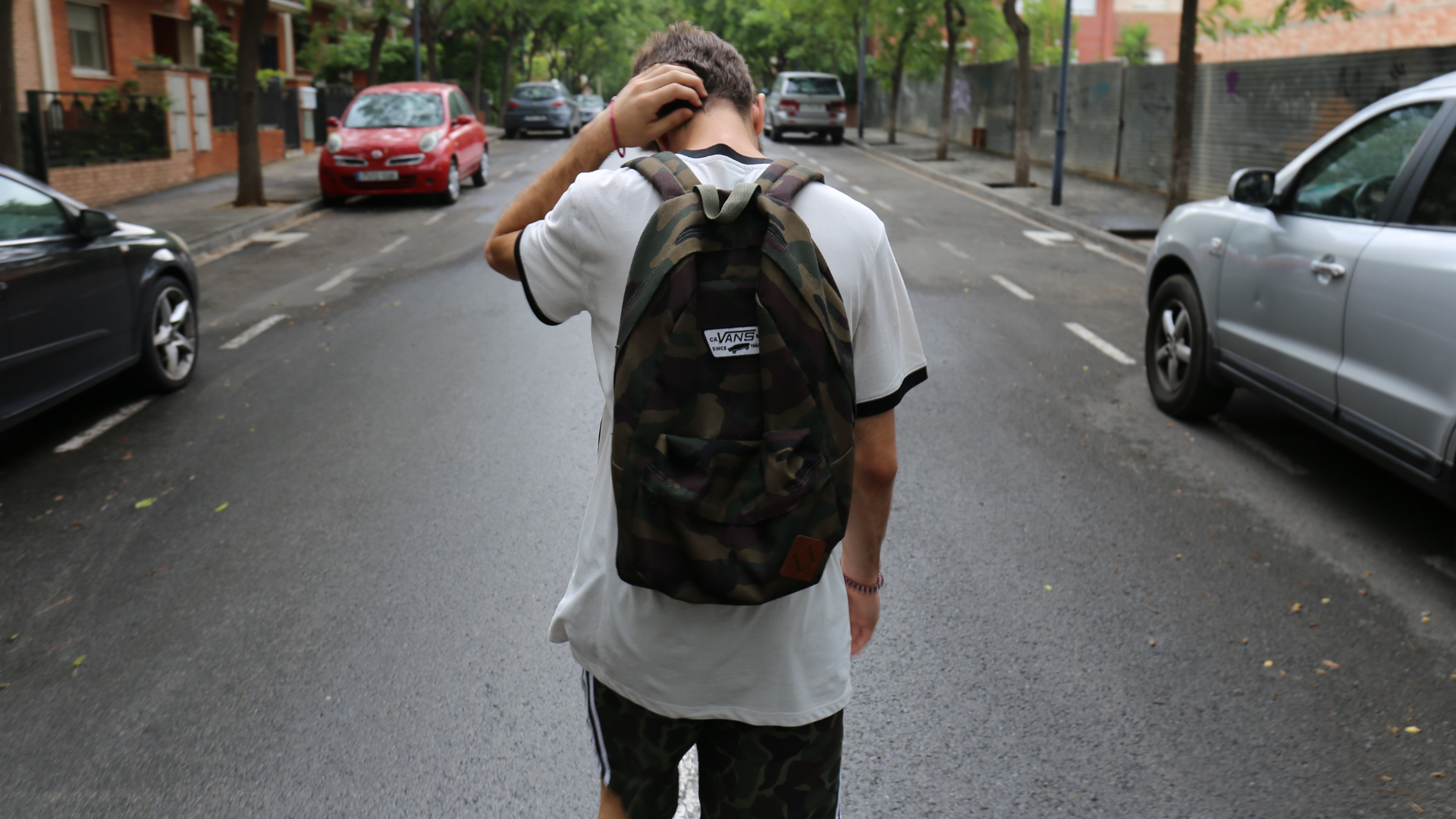With the unknown duration of the COVID-19 pandemic and the closing of schools across the nation, educators are faced with the complexities of delivering classroom instruction in a virtual learning environment.
Although it may seem difficult to maintain a consistent approach to classroom management when there is no classroom, there are many steps you can take to keep in place the expectations you have established.
Here are eight suggestions for maintaining your positive behavior support systems to maximize student learning under these conditions.
1. Use video conferencing.
Video conferencing allows students to engage with each other, and their teacher, in real-time. There are a variety of effective — and free — tools available, including Zoom and Google Meets. These tools provide video and audio connections to keep your entire class together at the same time.
2. Engage parents.
Make sure parents understand the expectations for virtual schooling. Offer tips on how they can collaborate with you to be your “eyes and ears” when students are learning at home. Keep lines of communication open, and let parents know that you are there to support their children through this uncertain time.
3. Provide students with behavioral feedback.
Make use of virtual tools that provide students with immediate behavioral feedback and reinforcement.
Some schools have purchased special software programs like SchoolMint Hero to help with the implementation of Positive Behavior Support Systems (PBSS), sometimes called Positive Behavioral Interventions and Supports (PBIS).
These tools allow teachers to instantly provide students with feedback on their behavior —and allow students to view that feedback through a smartphone app. In lieu of a purchased system, in the short term, you can simply use a spreadsheet to log the information suggested below.
4. Establish virtual-classroom expectations.
Set clear and concrete expectations for your students, just as you would in a regular face-to-face classroom. In some cases, you will need to teach these expectations. Consider sharing video clips of students engaging in appropriate virtual learning behaviors.
Examples of expectations that require clear guidelines are:
- Signing in on time for virtual class
- Checking in at designated times
- Attending office hours
- Creating an appropriate home workspace
- Logging study times
- Participating appropriately in a virtual classroom
- Collaborating with parents
5. Create your accountability program.
Just as in a regular classroom, expectations should be built on a foundation of accountability that is predictable and consistent. Students need to know the positive and negative consequences of their virtual actions.
At the same time, it is important to make sure that your accountability program is equitable for all students, regardless of their home environment and resources. Keep in mind that while some students may be receiving a great deal of parental support, others may be learning independently while their parents work.
Additionally, some families may have unreliable internet service or too few devices for all the children in the home. Imagine, for example, the challenges faced by a household with limited internet bandwidth and four children streaming video conferencing.
6. Reinforce expectations.
To support your accountability program, establish a system of tangible reinforcement via a token economy. A token economy is basically a “point system” and is an effective way to reinforce and track student behavior.
This concept is the foundation for Hero, which enables points to be quickly awarded, accurately tracked, and easily redeemed. Other tools may also track points, and teachers can use something as simple as Google Sheets.
Regardless of the tracking tool, student redemption of token economy points in a virtual world is more challenging. You can also consider putting some longer-term rewards in place for when students return to your classroom.
You may need to provide more social reinforcement than you typically would in the regular classroom to keep students positively engaged.
7. Provide behavior intervention as necessary.
Deliver constructive feedback to students who are not meeting expectations. In addition to communicating directly with students, it may be necessary to share concerns with parents and request their support.
You might also consider deducting students’ points within the token economy. But use demerits with caution, and make sure to provide at least a five-to-one positive-to-negative interaction ratio with your students.
8. Make use of student data.
With SchoolMint Hero, track positive learning behaviors and responses, and share the data with your students. As we have noted, you might create a spreadsheet for each student to share via Google Classroom so students can track their status.
If you use other tools like Google Sheets data gathering and sharing can also be facilitated.
We hope this short list of ideas for maintaining positive behavior support in a virtual world proves helpful. The message we want to reiterate is that it is possible to maintain a high degree of behavioral integrity in a virtual classroom, just as you would in your regular classroom.
During this time of uncertainty, your students may well appreciate the structure.
Share this
You May Also Like
These Related Stories

5 Common Mistakes Schools Make with Restorative Justice (And How to Avoid Them!)

What Student Behavior Patterns Can Tell Us



